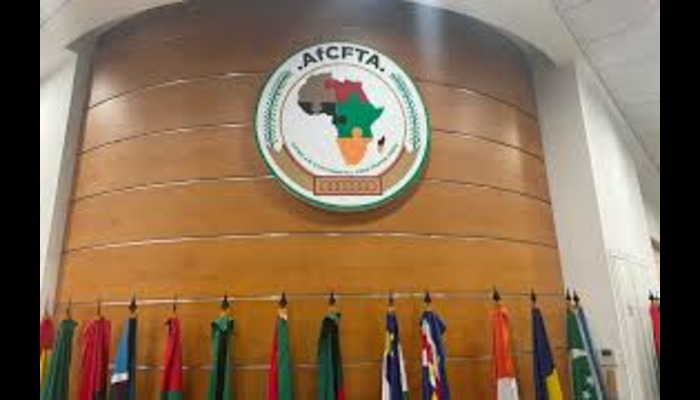The African Continental Free Trade Area (AfCFTA) is knitting together a single African market of 1.3 billion people and $3.4 trillion in GDP. Yet intra-African trade still accounts for only about 15 percent of exports, compared with more than 60 percent in Europe. The shortfall lies not in policy design but in execution, as goods, data, and payments still move through fragmented systems that lack the speed, reliability, and integration required to sustain a competitive continental market. The urgent test is whether Africa’s logistics networks can deliver the scale, predictability, and trust required to turn AfCFTA’s promise into everyday commerce.
We have seen what is possible when policy meets capital. Two decades ago, Africa’s mobile sector was considered unbankable. Through deregulation, catalytic public investment, and private risk-taking, it became one of the continent’s biggest success stories, with 85 percent penetration rates in some African markets. The same pattern can be seen in energy, where blended finance unlocked renewable generation and expanded access. Logistics is at a similar inflection point. For AfCFTA to move from aspiration to action, the continent needs more than new roads, ports, and warehouses. It needs a logistics operating system, a digital layer that coordinates the physical network and transforms the movement of goods, data, and payments into measurable, bankable performance.
The greatest inefficiencies are found in the mid-mile, the stretch between ports, factories, and warehouses where coordination failures are most costly. Empty trucks drain margins and capacity. Poor warehousing raises dwell times and demurrage. Weak cold chains turn harvests into waste, with losses for perishables still running as high as 30 to 40 percent. These breakdowns are not theoretical; they are daily realities that translate into lost income for farmers, cancelled contracts for SMEs, and diminished investor confidence. Last-mile e-commerce stories are encouraging, but without mid-mile integration, the system remains brittle.
This challenge is also where the opportunity lies. Platforms that integrate transport and storage capacity already show what can be achieved, cutting empty returns, reducing dwell times, and turning inefficiencies into measurable savings. These results prove that with the right digital infrastructure, inefficiencies that once deterred capital can become predictable and investable.
Read also: Footpaths Before Freeways: The AfCFTA and Africa’s invisible majority
Investors, however, remain cautious for practical reasons. Regulation is fragmented, with 54 different African countries’ rulebooks complicating the scale. Data visibility is limited, which makes it difficult to underwrite revenues or securitise assets. Currency and payment risks weigh heavily on cross-border flows, even as the Pan-African Payment and Settlement System begins to ease those frictions. As a result, logistics is often seen as a long-duration play with uncertain cash flows, a profile that gives many private funds pause. Yet these obstacles are not insurmountable.
What investors require is clarity. Harmonising customs and standards along priority corridors would shrink regulatory risk and create predictability. Blended finance facilities and targeted guarantee windows could shorten payback periods and crowd in private capital. Interoperable digital rails for booking, tracking, and settlement would provide the transparency needed to transform logistics from an opaque, fragmented sector into one that generates auditable, investable data. The lesson from telecoms is instructive: when information became reliable and rules became clear, private capital poured in and scale followed.
The stakes are high. By 2030, one in five global consumers will live in Africa. AfCFTA is projected to deliver a $450 billion income boost by 2035, but that potential will remain locked unless logistics becomes the circulatory system that sustains it. Execution must be measured not in communiqués but in hard numbers, fewer empty kilometres, shorter dwell times, and faster settlement cycles. Those are the metrics that convince pension funds, insurers, and sovereign wealth managers to allocate at scale.
Africa’s logistics story does not have to be one of constraint. With careful design and institutional courage, it can become the continent’s next great investment frontier. The policies are in place, the digital pilots are working, and the entrepreneurial capacity is evident. What is missing is scaled capital to turn plans into lucrative pipelines. Just as investors once doubted African telecoms until deregulation proved them wrong, logistics now stands at the same turning point. The real question is whether Africa will seize this moment or let the promise of AfCFTA remain another unfulfilled vision.
Tobi Obasa is a Co-founder of Haul247.









